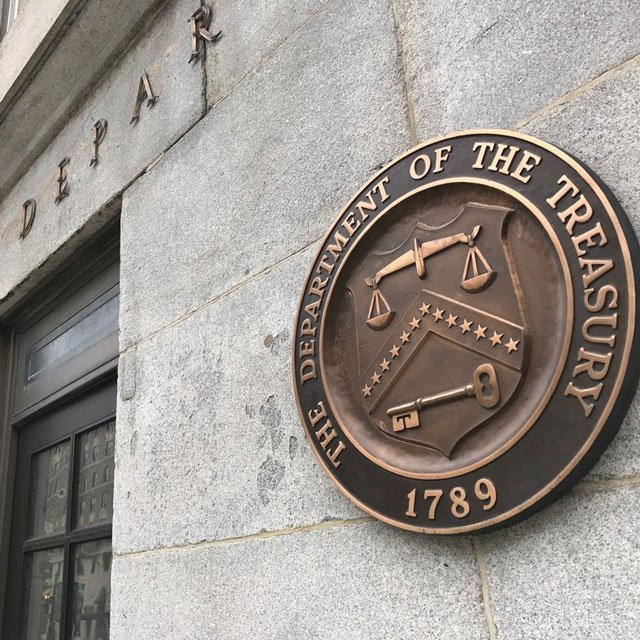
The Office of Financial Research worries that rapidly rising interest rates could lead to liquidity problems at open-ended bond funds or exchange-traded funds that have large bond holdings.
The office — an arm of the U.S. Treasury Department — talks about the potential effects of the rate spike on bond funds and other pillars of the U.S. economy in its annual report to Congress, which covers 2022 and was released Wednesday.
Why It Matters
The Office of Financial Research tries to keep your clients' retirement savings and other financial assets from crumbling and blowing way.
The History
Members of Congress included the provision creating the office in the Dodd-Frank Act, in an effort to prevent the kinds of little-noticed economic problems that eventually led to the 2007-2009 Great Recession.
What's New
This year, the office has reorganized the report and included an asset management section alongside the sections on banks and insurance companies.
The office mentions the pension plan investment problems that froze the U.K. government bond markets in September only in a footnote that gives examples of "fire sales," or examples of situations in which a mismatch between financial institutions' assets and customers' demands for cash may lead to exhaust the institutions' supplies of cash, cause waves of asset sales and destabilize markets.
The office gives less attention to risk at traditional financial institutions in the new report than in the report for 2021, but it does repeat concerns that increased private equity firm involvement in life insurance could lead to problems, and that climate change could hurt property and casualty insurers.



